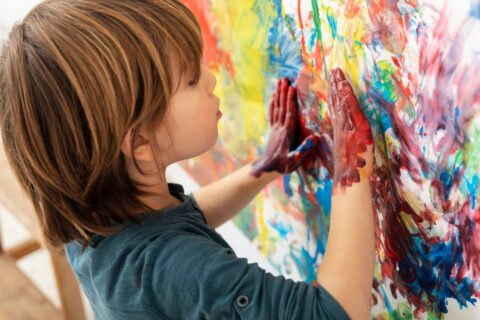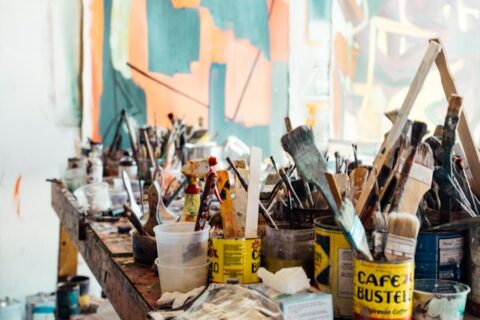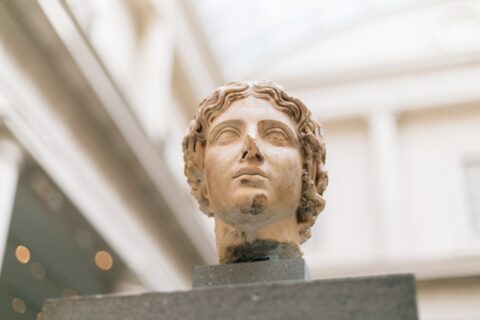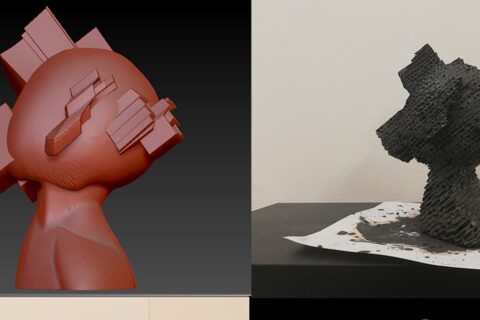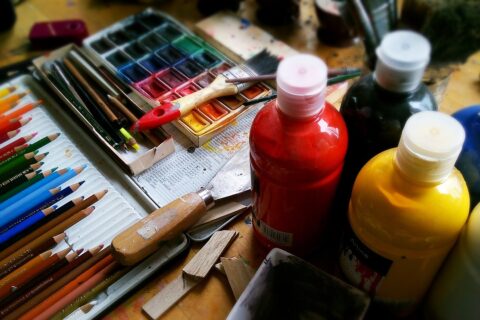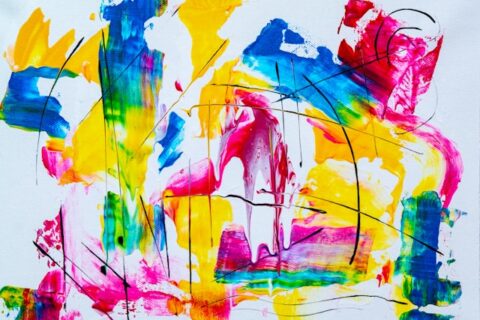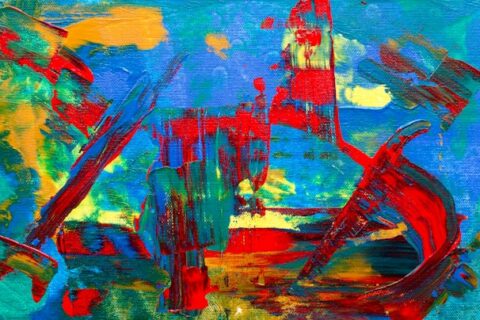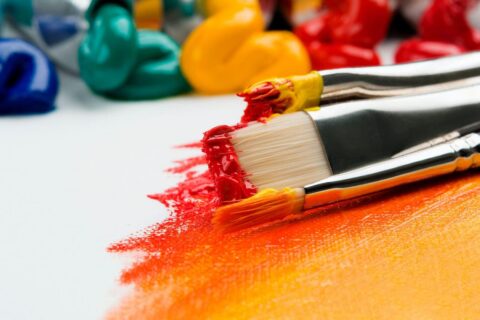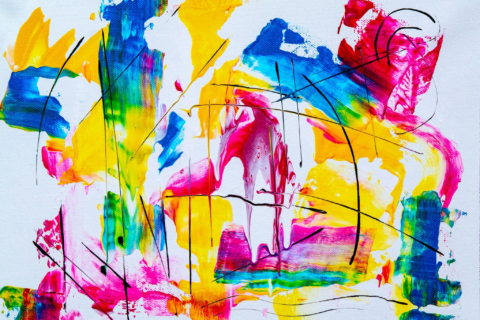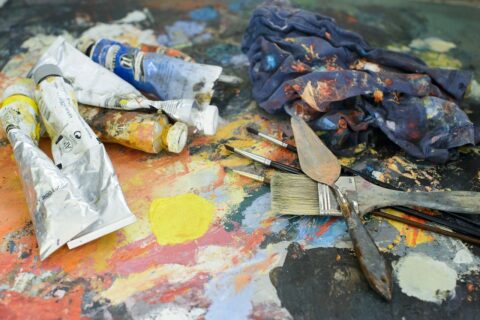
History of Painting
- Leake Camille
- September 5, 2022
- Painting
- No Comments
The need for realistic depiction has existed since ancient times, but had a number of drawbacks due to the lack of technology, a systematized school and education. In antiquity you can more often find examples of applied and monumental painting with the technique of painting on plaster. During antiquity, more importance was given to the talent of the performer, artists were limited in the technology of paints and the opportunity to receive a systematized education. But already in antiquity, specialized knowledge and writings were formed (Vitruvius), which would be the basis of a new flowering of European art during the Renaissance. Decorative painting developed considerably during Greek and Roman antiquity (the school was lost in the Middle Ages), a level which was reached only after the 15th century.
“The Dark Ages” of the Middle Ages, militant Christianity and the Inquisition lead to bans on the study of the artistic heritage of antiquity. The vast experience of ancient masters, knowledge of proportions, composition, architecture and sculpture are banned, and many art treasures are destroyed because of their dedication to ancient deities. The return to the values of art and science in Europe occurs only during the Renaissance (renaissance).
Artists of the early Renaissance (renaissance) have to catch up and revive the achievements and level of ancient artists. What we admire in the works of early Renaissance artists was the level of the masters of Rome. A clear example of the loss of several centuries of European art (and civilization) during the “dark ages” of the Middle Ages, militant Christianity and the Inquisition-the difference between these paintings is 14 centuries!
The emergence and spread of oil paint technology and techniques for painting with them in the 15th century gave rise to the development of easel painting and a special kind of artists’ production – color paintings with oil paints on primed canvas or wood.
Painting made a huge leap in qualitative development during the Renaissance, largely thanks to the work of Leon Battista Alberti (1404-1472). He was the first to outline the basics of perspective in painting (his treatise “On Painting” 1436). To him (his works on the systematization of scientific knowledge) the European art school owes the appearance (revival) of realistic perspective and natural proportions in the paintings of artists. The famous and familiar to many people Leonardo da Vinci’s “Vitruvian Man” (Human Proportions) of 1493, dedicated to the systematization of the ancient knowledge of Vitruvius about proportions and composition, was created by Leonardo half a century after Alberti’s treatise “On Painting”. And Leonardo’s work is a continuation of the development of European (Italian) art school of the Renaissance.
But the bright and massive development of painting took place from the 16th-17th centuries, when the technique of oil painting became widespread, various technologies of colors appeared and painting schools were formed. It was the system of knowledge and art education (drawing technique), combined with the demand for works of art among the aristocracy and monarchs, that led to the rapid flowering of fine arts in Europe (Baroque period).
The unlimited financial resources of European monarchies, aristocracy and businessmen became the perfect ground for the further development of painting in the 17th-19th centuries. And the weakening of the influence of the church and the secular way of life (multiplied by the development of Protestantism) allowed the birth of many subjects, styles and trends in painting (Baroque and Rococo).
In the course of the development of fine art, artists developed many styles and techniques that lead to the highest level of realism in the works. By the end of the 19th century (with the arrival of the modernist movements), an interesting transformation in painting begins. The availability of art education, mass competition and the high demands on the skills of artists from the public (and customers) give rise to new directions in modes of expression. Fine art is no longer limited to the level of technique, artists seek to bring specific meanings, ways of “looking” and philosophies into their works. Which often comes at the expense of the level of performance, becomes speculation or a way of epatage. The diversity of emerging styles, lively discussions and even scandals generate the development of interest in new forms of painting.
Modern computer (digital) drawing techniques refer to graphics and cannot be called painting, although many computer programs and equipment allow to fully replicate any techniques of painting with paints.
